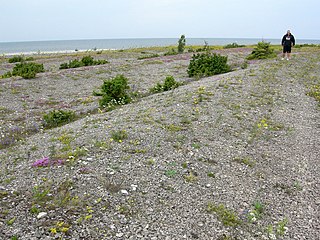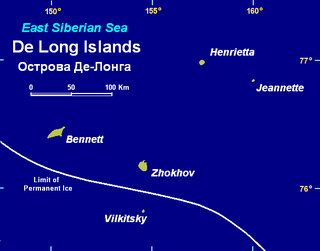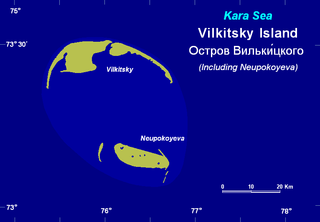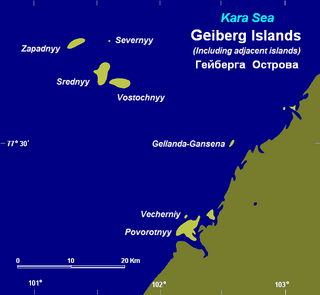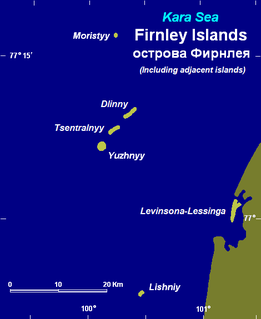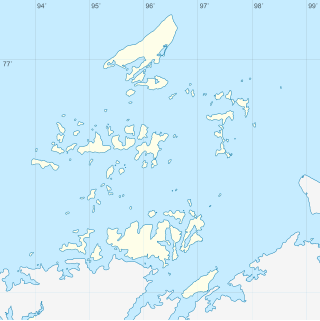| Russian: Остров Старокадомского | |
|---|---|
 Starokadomsky and Maly Taymyr Island | |
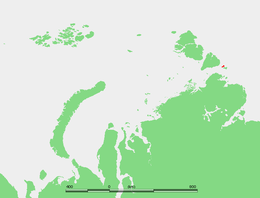 Location of the island in the Laptev Sea | |
| Geography | |
| Location | Laptev Sea |
| Coordinates | 78°15′N106°31′E / 78.250°N 106.517°E |
| Archipelago | Severnaya Zemlya |
| Area | 110 km2 (42 sq mi) |
| Length | 18 km (11.2 mi) |
| Width | 7 km (4.3 mi) |
| Highest elevation | 39 m (128 ft) |
| Administration | |
Starokadomsky Island (Russian : Остров Старокадомского; Ostrov Starokadomskogo) is an hourglass-shaped island in the Laptev Sea, Russian Arctic.

Russian is an East Slavic language, which is official in the Russian Federation, Belarus, Kazakhstan and Kyrgyzstan, as well as being widely used throughout Eastern Europe, the Baltic states, the Caucasus and Central Asia. It was the de facto language of the Soviet Union until its dissolution on 25 December 1991. Although, nowadays, over two decades after the breakup of the Soviet Union, Russian is used in official capacity or in public life in all the post-Soviet nation-states, as well as in Israel and Mongolia, the rise of state-specific varieties of this language tends to be strongly denied in Russia, in line with the Russian World ideology.

The Laptev Sea is a marginal sea of the Arctic Ocean. It is located between the northern coast of Siberia, the Taimyr Peninsula, Severnaya Zemlya and the New Siberian Islands. Its northern boundary passes from the Arctic Cape to a point with co-ordinates of 79°N and 139°E, and ends at the Anisiy Cape. The Kara Sea lies to the west, the East Siberian Sea to the east.


